|
Looking back through my photos today I was reminded that I spent a lot of time watching the insect activity around a topiary Holly bush that I have been training for many years. I didn't take as many photos as I had thought but I do remember stopping regularly on my way to the studio, attracted by the buzzing noises. Back in May, close investigation revealed an infestation of Blackfly and various insects were converging to feed on the sweet sugar excretions as well as the aphids. Bumblebees were clearly interested in the sticky "honeydew" flavourings: Ladybirds are well known predators of aphids. As well as munching through large numbers as adults, their larvae are even better at clearing the infestations. A slightly wobbly film, but you get the gist: New to me was this Beetle, but is it a Malachius bipustulatus or a Cordylepherus viridis ... or maybe I'm completely off track! The sticky dewy excretions also attracted a number of BlueBottle flies (presumably Calliphora vomitoria). I believe the third photo shows a wasp (it's a huge family and I am not even close to learning many of them) and I remember seeing a number of hoverflies joining the fray but I don't appear to have taken any photos - perhaps they were too quick! It wasn't long before the larvae/pupae appeared, but again I can't find many decent enough photos to share here, although the 2nd image shows evidence that the ants have turned up: Blackfly are aphids which feed by sucking the sap from plants, often specialising in particular hosts.
Not all aphids are considered pests, but some cause a lot of damage by introducing diseases to the host plant or simply distorting plant growth through the sheer numbers. Their secretions can cause a sooty mold, which reduces the photosynthesis capabilities of the host plant. The numbers build up quickly as, during the summer, they give birth to live (self fertile and pregnant) young. I discovered that they probably overwinter as eggs on a nearby Spindleberry (Euonymus europaeus) or Philadelphus (or maybe the Viburnum in the front garden) and can also overwinter as adults tucked away on the host plants. The timing of this host transition from food source to hibernation appears to be governed partly by the freshness of leaf. As is often the case with "pests" the Blackfly has fascinating adaptations throughout the lifecycle: laying eggs for overwintering in the Autumn but giving birth to live young in spring/summer. Sometimes they develop wings when the host plant is overcrowded, enabling them to use air currents to drift to another plant, but otherwise this seems a waste of energy. Males seem to be connected to the egg laying process as they have no role in the spring/summer generations. On the bright side the flies and eggs are a wonderful food source for birds, lacewing, hoverfly larvae and ladybirds, and their honeydew secretions benefit other insects, such as ants (who attempt to protect the fly from other predators in a process often referred to as "farming"). Tiny parasitic wasps are known to lay eggs inside live aphids, the wasp larvae eating them from the fly from the inside as it develops!
0 Comments
Leave a Reply. |
If I had known then what I know now
I would have started this diary years ago If you would like irregular email updates for this blog and/or my studio news, you can sign up here:
Archives
May 2022
Categories
All
|
Louisa Crispin
|
Oak Cottage, Talbot Road,
Hawkhurst Kent TN18 4LU (UK) |
|
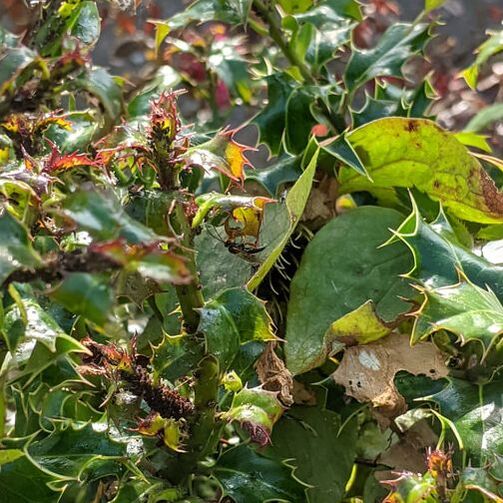
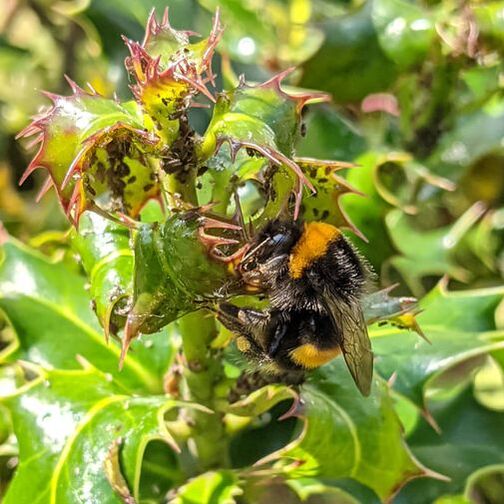

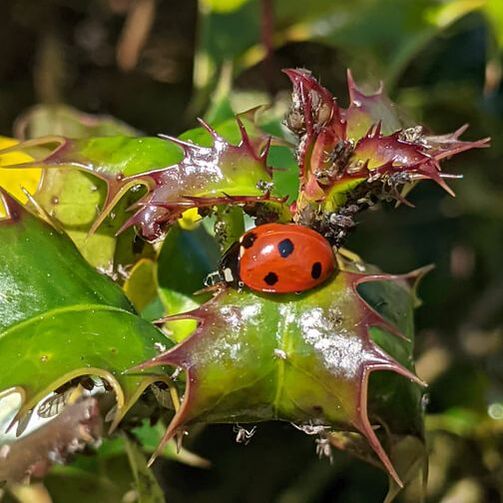
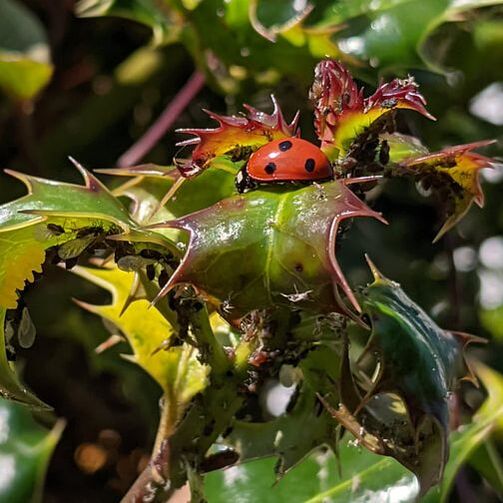
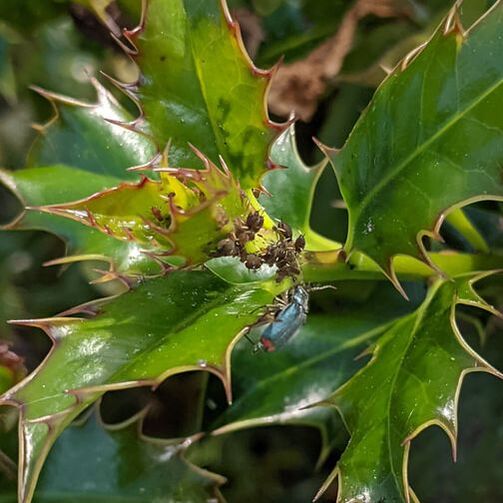
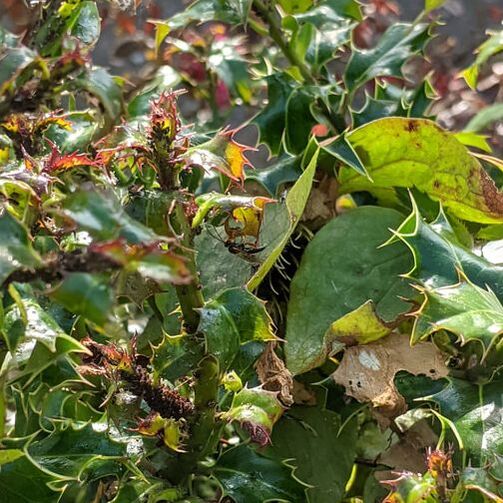
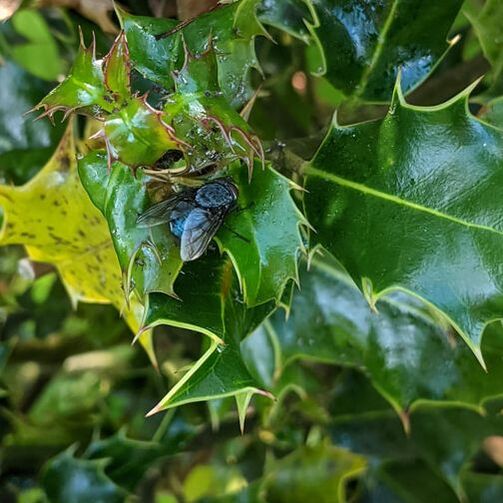

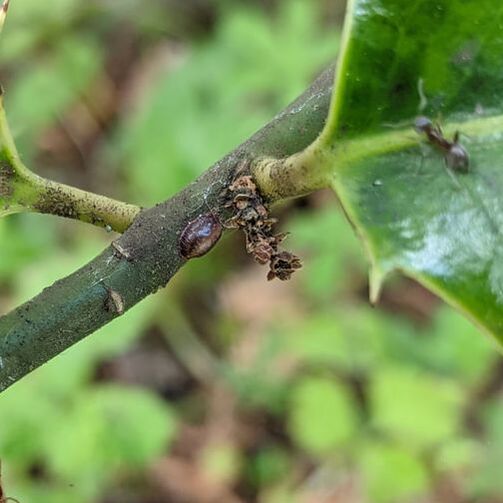
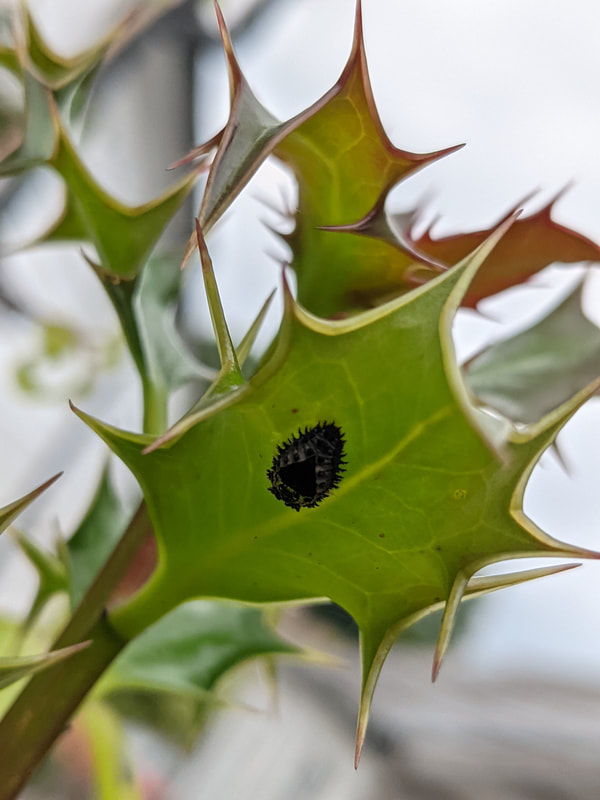
 RSS Feed
RSS Feed




